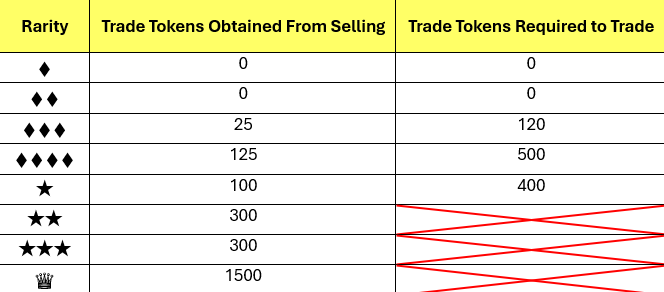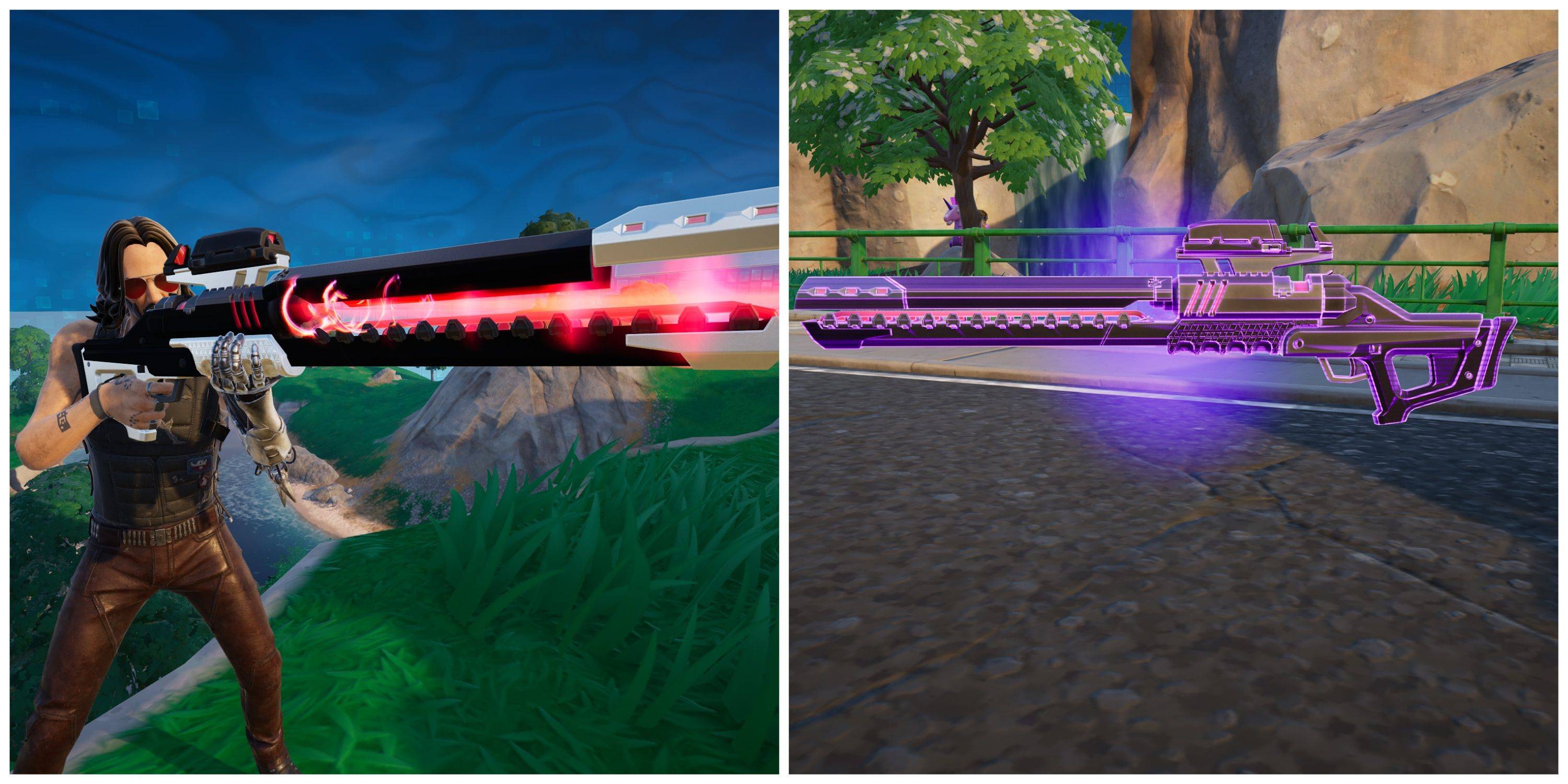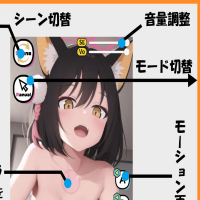Three cutting-edge gaming monitors were unveiled at Computex, each pushing the boundaries of refresh rates. The standout is the Asus ROG Strix Ace XG248QSG, boasting a 1080p resolution with an astonishing 610Hz refresh rate. Meanwhile, both MSI and Acer introduced 1440p displays with 500Hz refresh rates, a specification that challenges even the mightiest RTX 5090 equipped with multi-frame generation technology.
Acer's offering, the Predator X27U F5, not only delivers speed but also features a QD-OLED display renowned for its exceptional color accuracy. Initially launching in Europe and China at a starting price of €899, Acer plans to bring this monitor to the US market eventually. However, due to ongoing tariff negotiations with retailers, the US pricing remains undisclosed. Given the rising costs of tech products in the US, affordability might be a concern.
MSI's contribution, the 27-inch MPG 271QR X50, also sports a QD-OLED panel but comes with a unique AI feature. According to a hands-on report from PC Gamer, a small sensor at the bottom of the display detects when you step away. This information is relayed to a Neural Processing Unit (NPU), prompting the monitor to automatically turn off and initiate burn-in protection. While the AI aspect may seem a bit unnerving, it offers a more user-friendly approach to burn-in prevention compared to traditional methods that might interrupt gameplay.
Do Gaming Monitors Need to Be This Fast?
The introduction of monitors with refresh rates as high as 610Hz raises the question of necessity. The Asus ROG Strix Ace XG248QSG, with its 1080p resolution, represents the pinnacle of speed. Achieving such high frame rates, even in demanding games like Marvel Rivals, requires an RTX 5090 and multi-frame generation, which can introduce latency—typically undesirable in competitive play.
Moreover, to fully leverage these high refresh rates, a robust CPU is essential. At frame rates approaching 600 fps, the CPU must efficiently supply the graphics card with data. While technologies like Nvidia Reflex and frame generation help, a powerful CPU remains crucial.
The primary advantage of such high refresh rates is the significantly reduced render latency, which is critical in competitive gaming. For instance, professional players of Counter-Strike 2 often opt for the lowest settings to maximize frame rates and minimize input lag, which can be decisive in gameplay. Whether the potential performance benefits justify the likely high cost of these monitors will be a key consideration for many gamers.






























